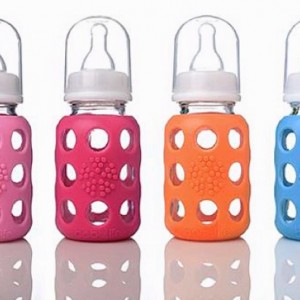
Cindy Hooks Morrison, M.S., CCC-SLP, CLC
If you were told you that there was a magic bottle on the market that was absolutely perfect for your baby, would you buy it?
Absolutely.
We are genetically wired to love, care for and want the absolute best for our children. Feeding your newborn baby is by far one of the most nurturing times that you share together from the moment that your baby is placed into your arms.
More than nourishment is happening during those moments, early social language is happening too, as you are snuggling close to each other, gazing into each other’s eyes and modeling a beautiful smile. Unfortunately, those sweet times can come to a screeching hault when your baby becomes a bit fussy during or after feeding.
A ton of literature is available to parents telling them that their little miracles may be showing signs of gas and colicky behavior due to air that he or she has ingested from the bottle during the feeding.
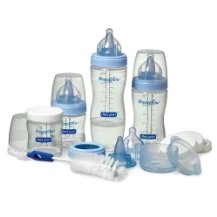
What’s a new parent to do? Most make another trip to the local Babies R’ Us or Buy Buy Baby to buy the “perfect” bottle. This quick stop at Babies R’ Us or Buy Buy Baby can equally overwhelm both the new expectant mom just as easily as the seasoned mom once you are face to face with the rows of bottles and coordinating nipple choices. They sit there on the shelves in shiny marketing packages, some even in gender specific colors, claiming to have invented THE ULTIMATE design to reduce gas and colic by reducing the amount of air the baby takes in during a feeding.
So is this true? Can a bottle really do that? And if so, which bottle is the best one to choose for your baby?
As a Speech Language Pathologist that specializes in pediatric feeding and swallowing disorders I have firsthand experience with every bottle and nipple on the market for consumers and for healthcare professionals. Which bottle is best is the most frequent question that I get asked by mothers that breast feed (offering breast milk in bottles while back to work) and those that formula feed their babies. Believe it or not, I do have an answer!
While some companies have conducted their own independent research studies to prove that their product is best at “reducing the amount of air” your baby swallows while eating (which can cause gas), what they fail to share is the secret of exactly when the majority of that air gets into your child’s belly (or to be more specific, into your child’s colon).
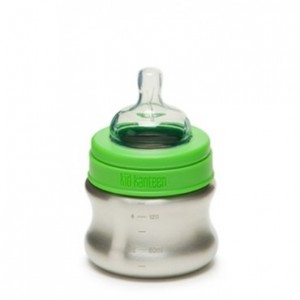
Imagine this scene with me: a sweet baby boy or girl starts to awaken from their cozy, restful slumber and a tired parent wearily rises out of bed to make (and sometimes warm) the bottle for their love bug. This can take some time and quite often, by the time the bottle has reached the baby, that adorable bundle of joy has worked him or herself into quite a fit.
It is in these moments before the bottle is ready, when the baby is screaming and only taking intermittent breaks to gasp for air that the majority of air that can affect feedings is getting into their bellies. But keep reading, because there is even more.
Typically developing newborns do an amazing job at coordinating their little mouths and tongues to repetitively suck, swallow and breathe during feedings. It seems like a simple task to suck and swallow, but believe it or not, it takes 26 muscles and 6 cranial nerves to coordinate for each safe and efficient swallow to take place. After all that cyclical coordinating, most newborns will naturally pause for a short 8 to 10 second break for “catch up breathing.” Quite amazing how our bodies work! So it’s important to realize that taking in air is natural. It’s our sweet little ones literally taking a breath or a “breather.” When this perfect system breaks down and a newborn’s coordination is off during a feeding, they begin swallowing air that travels into the esophagus (instead of flowing in and out of the trachea) and this can cause additional gas.
If a child has a specific medical reason causing them to have a problem with this coordination or if they are refusing feedings they should see a specialist, but more often than not the worked up newborn that I mentioned above becomes so flustered that once the bottle has finally been presented, they immediately attempt to suck it down as fast as possible. A telltale sign that this is happening is if you hear your sweet little prince or princess gulping. This break down in coordination is the second avenue for excess air to make its way into their tiny bellies. This swallowed air is not coming in from the bottle, but oxygen coming in from their sweet, button noses as they breathe during feedings.
The third avenue of gas is naturally occurring. It’s important to understand that all newborns will experience some form of gassiness, especially during the first several months as the digestive system is continuing to mature. Gas is a natural byproduct of the digestive system doing its job. When babies are fed, their bodies immediately begin producing gas in preparation to pass any waste products that occur during the feeding.
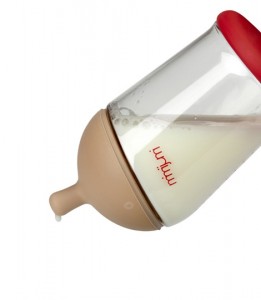
Lastly, the bottle. The evolution of the bottle is pretty fascinating. Artifacts have been discovered dating bottles back to thousands of years B.C. They have been created out of countless materials including hollowed animal horns, clay, rubber tubing and glass. These primitive bottles have been referenced across time through the Roman Era, the Middle Ages, the Renaissance and right up until the Industrial Revolution when a more sophisticated and hygienic bottle was created.
In the 21st century, we have the most advanced bottles ever created. The bottles on today’s market are all designed so well that they truly do not produce a significant source of air to be ingested. Meaning, a bottle is not a cause or an answer to gas and/or colic. It’s simply another method for feeding your sweetheart beyond the AAP’s recommendation “to breastfeed your child exclusively for the first six months, at which time, breastfeeding should be complemented by other foods with the continuation of breastfeeding for one year or longer if the mother so chooses.”
In our sleep-deprived desperation to calm, comfort and quiet our babies, it becomes easy to believe that the latest and greatest bottle is going to be the answer. To confuse matters even more, I can almost guarantee that at least one well-intended friend or family member will swear that when they made a switch to XYZ (insert any brand here) they “saw a difference.” Unfortunately, that actually occurring is a rare and more appropriately called the “placebo effect.”
Time and time again, many sleep-deprived and extremely loving parents have ended up in my out-patient treatment room sharing an exhaustive list of the different types of bottles and nipples they’ve tried in good faith to get their tiny, sweet — yet often screaming, arching, refluxing — miracles to be calm and comfortable.
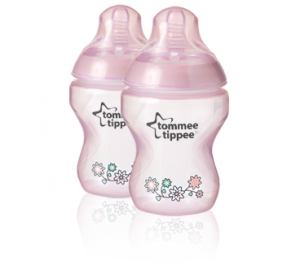
You can imagine their initial dismay when I tell them to choose the bottle that is the easiest for them and throw out the rest before we can begin working to help their baby. I’m certain that most of them might think that I am a bit crazy…until they’ve gained the knowledge that I’ve shared above, paired with some additional strategies that bring fast results in the form of happy, well-fed babies.
So what to do?
Be kind to yourself and take comfort in knowing that there is absolutely no “magic” bottle on the market. If a “magic” or perfect bottle did exist, then there wouldn’t be such a plethora of choices…there would only be one. There also wouldn’t be a reason for a company’s perfectly invented original bottle to be “new and improved”, so choose the bottle that you like best, that is within your family’s budget, has the least amount of parts to sanitize and store and arm yourself with the following strategies:
- Take a deep breathe, in fact, take two. Time with an uncomfortable, screaming baby can leave you feeling helpless and can feel like an eternity, but in the big timeline of their life – this really does go quickly, so pull all that inner strength up and hang in there. As you may already know or will come to learn – no one can read your moods or level of stress better than the wee one that’s lived inside you. Above all, enjoy this time with your baby.
- Beat the Clock. When you can, reduce the amount of time that it takes to offer a bottle when he or she starts to awaken. As a mom of two, I realize that this is not always possible – BUT, when your newborn becomes more predictable and starts getting on a schedule then get those bottles ready a few minutes ahead of time when you can. Breastfeeding mothers have the advantage here, since the preparation is eliminated.
- Choose one & stay the course. Babies are much smarter than we often give them credit for. They begin to orally explore their world very early. Eating can become a true source of stress for them when they are greeted by a different consistency or shaped nipple or bottle each meal. The number one thing to do, as with many other areas of child rearing, is to be consistent.
- Turn it down. If you notice that your little one is not calming or agitated during a feeding then take a second to inventory the environment. If the TV is blaring, the overhead lights are shining in his or her face and your having a conversation with a friend on your iPhone above their head, I can tell you that your little one is over-stimulated and working overtime to screen all that out, just to coordinate the feeding. This can be a recipe for incoordination, but the good news is…lowering the lights and the volume is a very easy fix. You can actually control all of these things.
- Burp your baby more frequently. Try not to “schedule” a designated burping time that you set by the volume of breast milk or formula your child has eaten. Instead read your babies natural cues. If your baby is slowing down, starting to take breaks from sucking that are lasting longer than 10 seconds or is falling asleep during the feeding – its time to stop and burp them. Babies taking in more air as described above need to get it out. Burping several times during a feeding is best.
- Easy Tiger. If your child is GULPING down that bottle…they are eating too fast. That big, hard swallow is setting your child up to get uncoordinated in their job to suck, swallow and breathe during their feeding. They are going to take in more air and possibly even fatigue too early to finish their meal. You can help them by allowing them to take several sips and then gently placing your pinky at the corner of their mouth to break the seal and remove the bottle. Let them take one or two quick breaths and then reoffer the bottle. This whole process should not take long at all – merely seconds. Your baby should start to slow down on his or her own after doing this once or twice.

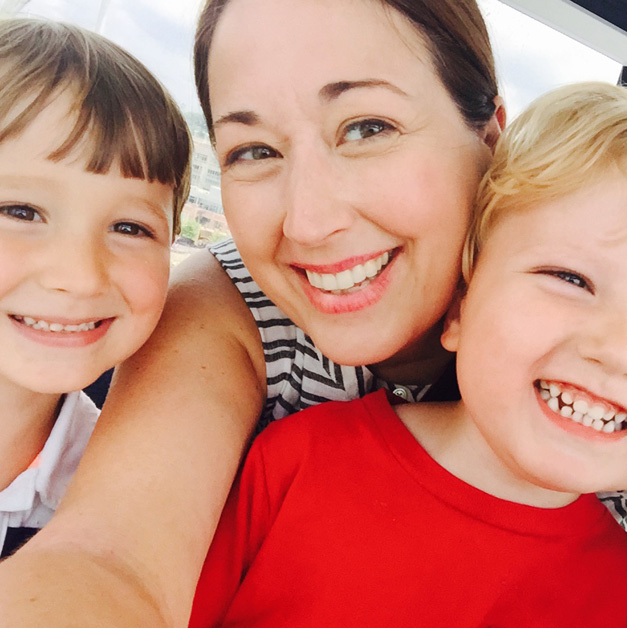


Thank you so much for sharing so much useful information. The hunt for the ‘perfect’ bottle is such a daunting task, it’s great to know that there is no such thing and we really can stick with what is easiest and best for our budget. It was very interesting to read about all the aspects of our babies eating, I certainly had no idea all that was involved for our tiny little ones.